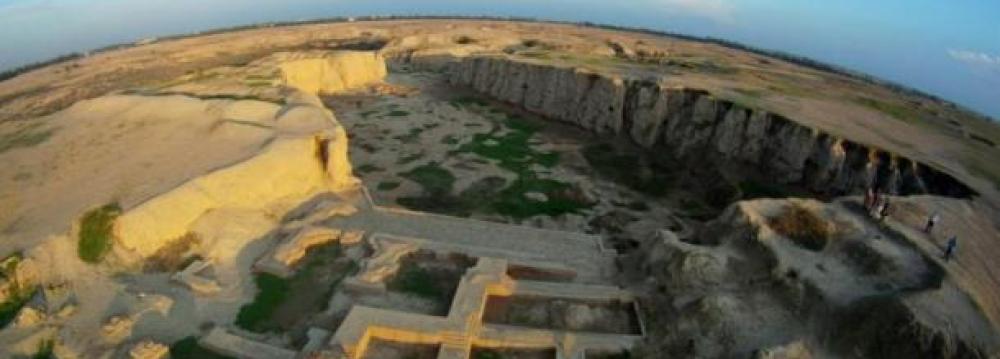Why is Shush important? Experts and cultural heritage specialists will explain this at a meeting planned for Wednesday at Imam Ali (AS) Museum in Tehran. Organized under the auspices of Iran Architectural Luminaries Foundation, the meeting is to have an analytical discussion on the historical city of Shush (ancient names: Susa, Shushan or Susiane) in southern Khuzestan Province. Director of Iran Architectural Luminaries Foundation Ali-Reza Qahhari will preside over the meeting, Honaronline reported on its Persian website. The presentations, prepared for the meeting, will be offered by director of Shush UNESCO World Heritage Center Mohammad-Hossein Arastouzadeh; Ali-Reza Izadi, head of Cultural Heritage office, Khuzestan Department of Iran’s Cultural Heritage, Handicrafts and Tourism Organization; cultural heritage activist and journalist Mojtaba Gahestuni who also is spokesman of Khuzestan Cultural Heritage Enthusiasts Society (Taryana); and architect Ali E’ta, a member of Tehran City Council. The two-hour meeting is open to the public. Imam Ali Museum is located at No. 25, Esfandyar Blvd., north of Zafar Street, Valiasr Street. Shush is located in the Lower Zagros Mountains. The ancient city belonged to the Elamite, Achaemenid and Parthian empires and was known to be a center for the worship of Inanna, the Sumerian goddess of fertility and warfare. Having been captured by Cyrus the Great (580-529 BC), Shush became the winter residence of Achaemenid rulers. Excavations at the city revealed evidence of settlement since 4200 BC.


